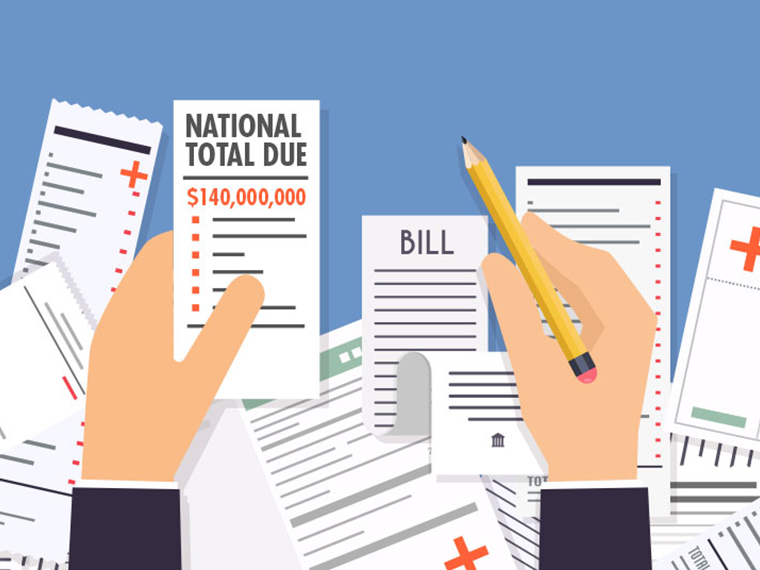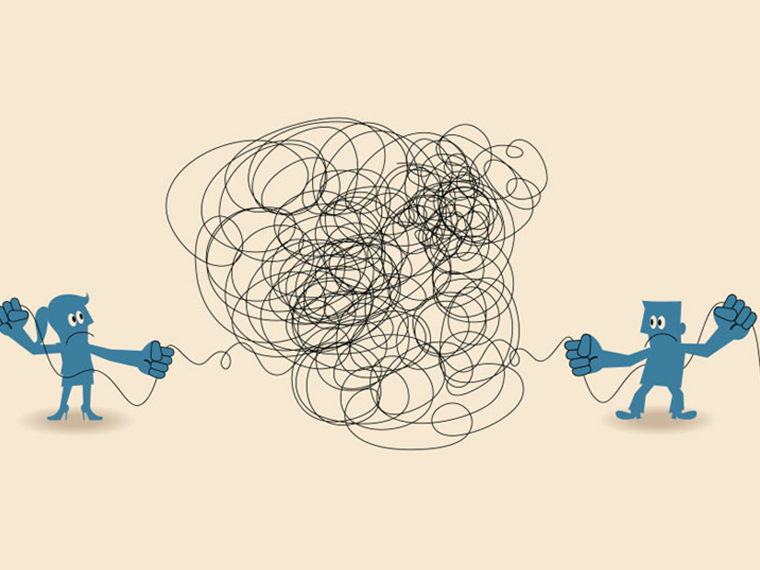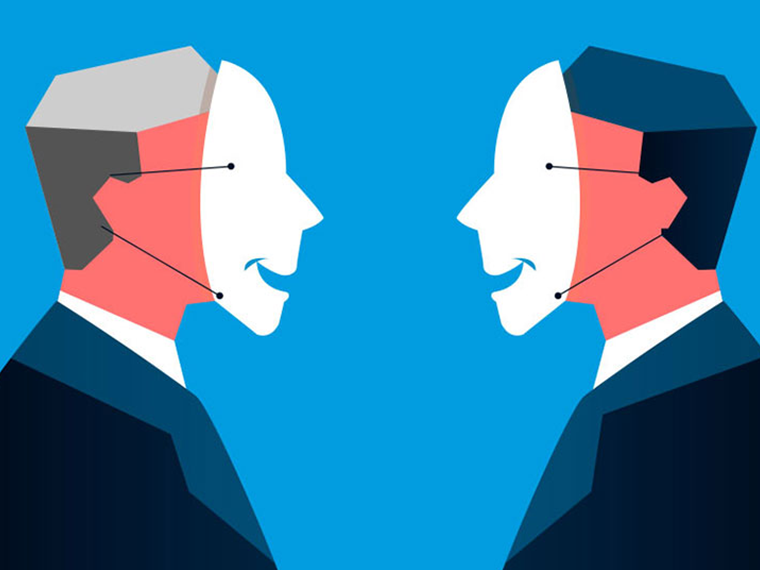When might most other people choose to visit the bank?
Our insistence on crowding in is behind much of daily life’s frustrations:
We curse being stuck in traffic, rather than recognizing popular driving times and adjusting our trips to avoid rush hours.
We blame businesses for subjecting us to long checkout lines or interminable wait times to reach a nonbot customer care rep, rather than taking a step back and thinking through how the experience might play out if we consciously avoided peak demand times.
We railed at our internet providers and/or streaming services at the onset of COVID-19 lockdown for subjecting us to increased bouts of buffering or poorer picture quality, rather than shift our viewing time to off-peak hours to skirt bandwidth annoyances.
Looking at What Everyone Else Doing
As obvious as the fix may seem — commute, shop and stream off-peak —research published in Judgment and Decision Making suggests that, when faced with overcrowding challenges, we don’t intuitively engage in a thought process that would lead us to better outcomes.
The act of incorporating the perspective of someone else into a decision — “put yourself in their shoes” — is widely accepted as an effective tool in business negotiation and in navigating personal relationships.
But that same perspective taking is trickier when we must think about the collective mindset of a crowd, rather than an individual, and the only negotiation to be had is with ourselves (whether to change our behavior).
We can’t bargain with everyone else who fights through harsh commutes. Instead, avoiding the traffic jam requires first recognizing that because many people have the same reasons for being on the road as we do (in this case, getting to and from work) that they too are going to be on the road at peak commuting hours. Then, based on that perspective, decide if we can steer clear by choosing a different commute time.
Across six experiments, Washington University in St. Louis’ Elanor F. Williams, UCLA Anderson’s Alicea Lieberman and UC-San Diego’s On Amir find that “even when people should have an accurate understanding of others’ likely behavior, without an active prompt to consider what others might be thinking and doing, people underweight or even completely ignore it.”
Once prodded to consider the perspective of a collective of others — what the crowd is likely to do and why they are likely to do it — we become more likely to see the value of zigging amid a mass of zagging.
Managing Your Time Based on What Others Are Doing
In one experiment more than 400 participants recruited on Amazon Mechanical Turk were told to envision they had a very full plate on a day when they had to make an in-person stop at the bank.
All participants were given the same four time slots to choose from — 9-9:15 a.m., 12-12:15 p.m., 2:30-2:45p.m. or 4:45-5 p.m. The obvious was pointed out: “The bank sometimes has no line, and sometimes has a very long line, depending on the time of day, so you have to pick when you go carefully.”
Some of the participants were also fed a nudge of perspective taking:
To give yourself the best chance of getting in and out of the bank on time, you should consider which times to go to the bank will be most and least popular. Why might people go to the bank at particular times or be less likely to go during others? Think about whether and why people would go to the bank at various times during the day as you make your choice so that you are most likely to pick a time when there’s no line.
After choosing a time slot, all participants were asked to rate on a scale of 1 (not at all) to 7 (very much) the extent to which their choice was based on their own time constraints, other people’s behavior or the hours of the bank.
More than half of participants (56%) who were encouraged to think through the likely behavior of other bank customers — crowding in at the bank’s opening, during lunch or near closing time/end of the workday — chose the likely least-busy slot of 2:30 p.m. (as compared with less than one-third of participants in the control group choosing the 2:30 slot).
Those nudged to think of the behavior of others were also less likely to cite their own time constraints as a reason for picking a given time slot (4.66 vs. 5.34 for the control group on the 1 to 7 scale).
The researchers further teased out the effectiveness of perspective taking in getting people to make crowd-avoidance decisions by running a similar experiment with a twist.
Once again, some of the more than 300 participants were explicitly nudged to consider the motivations and behavior of other bank customers when deciding on a time for a visit. Another group of participants was given a more subtle nudge to be strategic about when the bank might be most and least congested, but there was no call to specifically consider the motivations and behavior of others.
Around 4 in 10 participants primed to strategically coordinate (without an outright prompt to consider the motivations of others) chose the 2:30 p.m. time slot. That wasn’t much different from the control group that received no prompt. But those fed the perspective-taking nudge that planted the seed of considering the behavior and motivations of others were indeed more likely (55%) to choose the less-congested 2:30 p.m. slot.
“The reminder to anticipate what other people think and do — rather than a reminder only to try to carefully coordinate or avoid congestion — is more likely to help people optimize outcomes in situations where they share motivations to act with other people.”
Thinking of Others Can Lead to a Self-Serving Payoff
Another experiment riffed on the pandemic-induced streaming problem in the spring of 2020. Nearly 600 participants from Amazon Mechanical Turk were tasked with the not-big-stretch of imagining they were working from home on a day when a new episode of a Netflix show they wanted to watch drops.
Participants were told that Netflix may be futzing with image quality (bandwidth) during high-demand hours.
A control group was not given a perspective-taking nudge, and two other groups were fed slightly different nudges.
The “standard” perspective-taking nudge was heavy on suggesting the best possible outcome would come from careful consideration of the thought process of other subscribers:
To give yourself the best chance of watching the show with high image quality, you should consider what other people watching Netflix may be thinking and planning. Why might people be more, or less, likely to watch TV at times? As you make your choice, think about why people might watch TV during certain times of the day so that you are most likely to pick a time that works best for you.
The “simple” perspective-taking nudge was less intense.
Before choosing a time, take a moment to put yourself in the shoes of other people who may be planning to watch Netflix tomorrow and consider their perspectives and motivations when making your choice.
Everyone was then asked to choose how likely they were to watch at 3 p.m. or 8 p.m. and how much their decision had to do with thinking about themselves or the anticipated behavior of Netflix nation.
Both the standard and simple perspective-taking nudges led people to not be as wedded to the high-traffic time of 8 p.m., compared with the viewing-time preferences of the control group. And participants who received a nudge were more likely to say their choice had to do with considering the likely behavior of others.
The researchers explored the role of perspective taking in other congestion realms, such as when to venture into a brick-and-mortar store or head to the beach.
Across their series of experiments, they found that thinking about others can lead to the self-serving payoff of a better experience. We just seem to need an explicit nudge to get us going.
Featured Faculty
-
Alicea Lieberman
Assistant Professor of Marketing
About the Research
Williams, E.F., Lieberman, A., Amir, O. (2021). Perspective neglect: Inadequate perspective taking limits coordination. Judgment and Decision Making, 16(4), 898-931.






